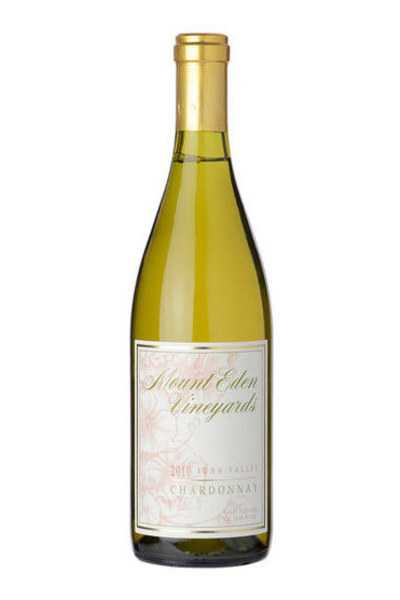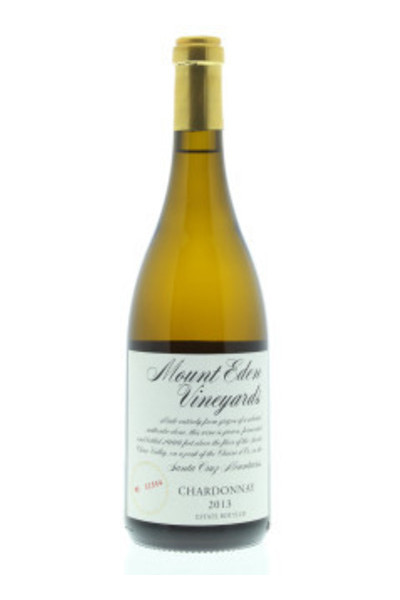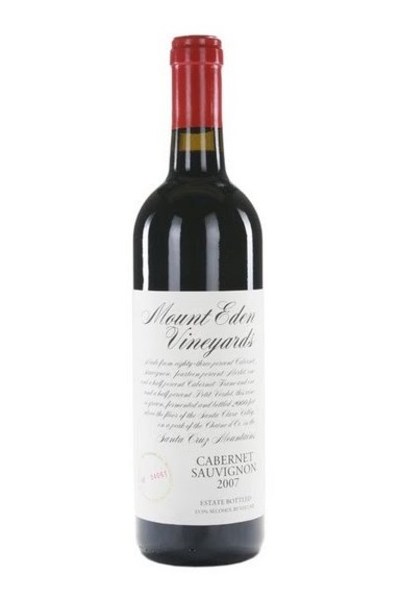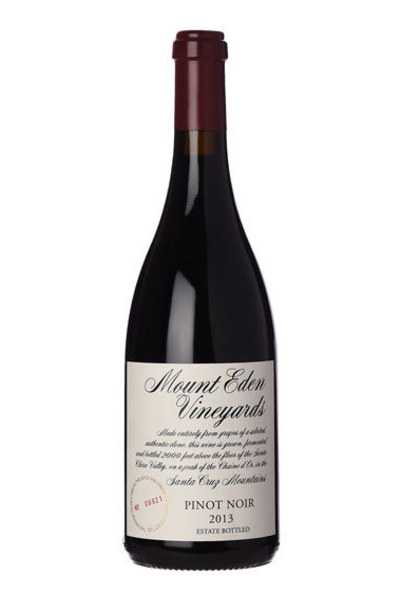Add Brand
Sign In
Close

Mount Eden Vineyards
Are you the owner of this company?
Start your listing today – for free.
Register and add your brand description.
Country:
 United States
United States
 United States
United States


